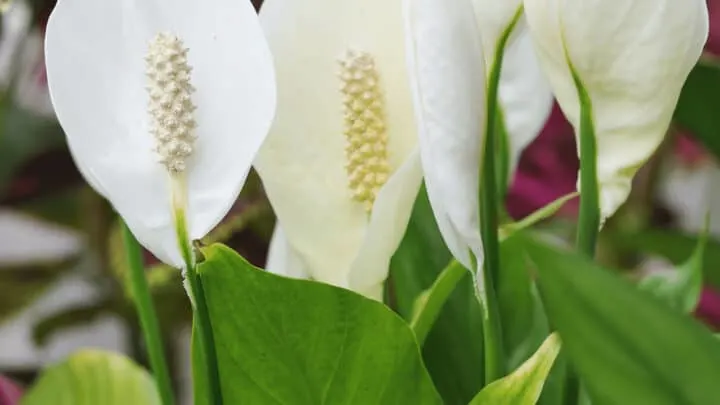The Peace Lily plant is grown indoors for its stunning green leaves and its magnificent white blooms containing a spathe and a spadix as all Aroid plants do.
These flowers are also called inflorescence, meaning cluster of flowers according to Iowa State University.
Will a Peace Lily Root in Water?
Although Peace Lilies are known to grow well in the soil, some gardeners want to try rooting them in water.
Peace Lilies generally need lots of water and have to be watered frequently, but the question is if a Peace Lily will root and grow in water as a sole medium?
Table of Contents
Will a Peace Lily Root in Water?
Peace Lily can root in water and is sometimes sold at markets in vases without soil. If you want to root your Peace Lily in water, keep the base of the plant suspended above the water level. You can do this by placing river rocks or stones. Doing this will make the roots grow in the water while keeping the rest of the plant above it. This reduces the chances of rot. You can also root a Peace Lily plant in an aquarium as the fish water contains nutrients that lead them to root even faster.
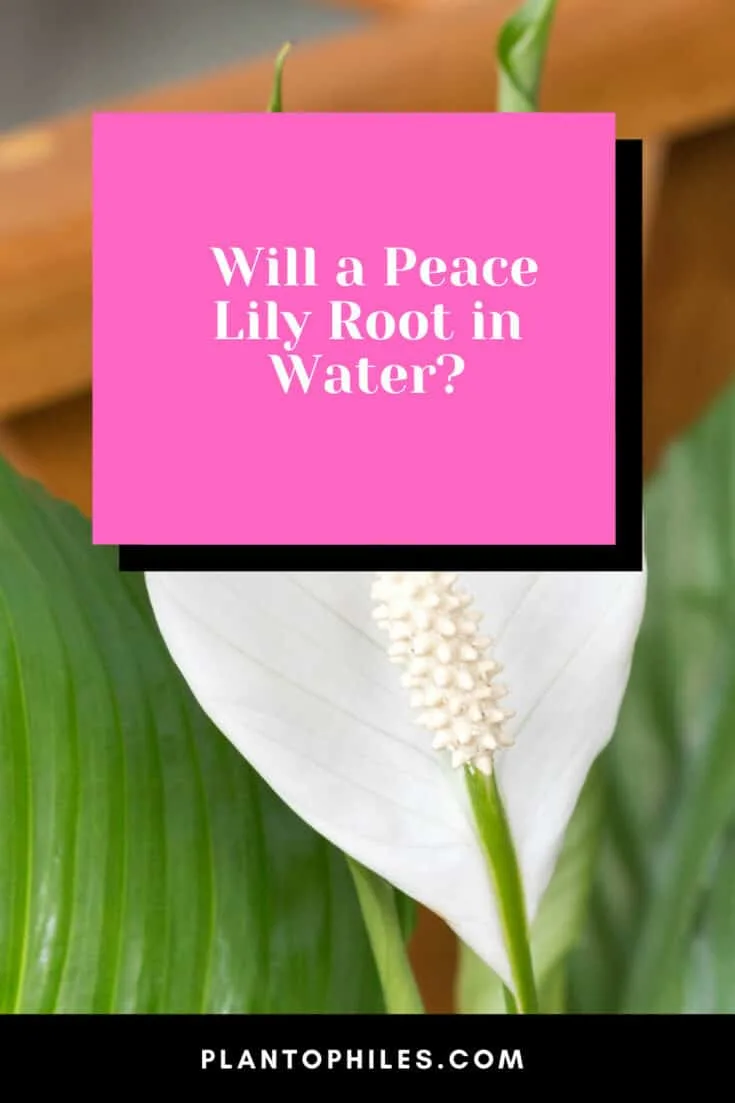
Will a Peace Lily Root in Water
Peace Lily Roots Growing in Water
Peace Lilies that are growing in the water adapt by developing smaller withe-looking water roots that feed the plant.
These tiny roots are responsible for taking up nutrients.
If your Peace Lily is grown in soil, then it has larger roots that are responsible for feeding nutrients to your plant.
Peace Lilies that are grown in the water are known to live a shorter life compared to those grown in soil.
But I have some in soilless mediums such as leca or hydro balls and one directly water for a couple of years now and they are still doing fine.
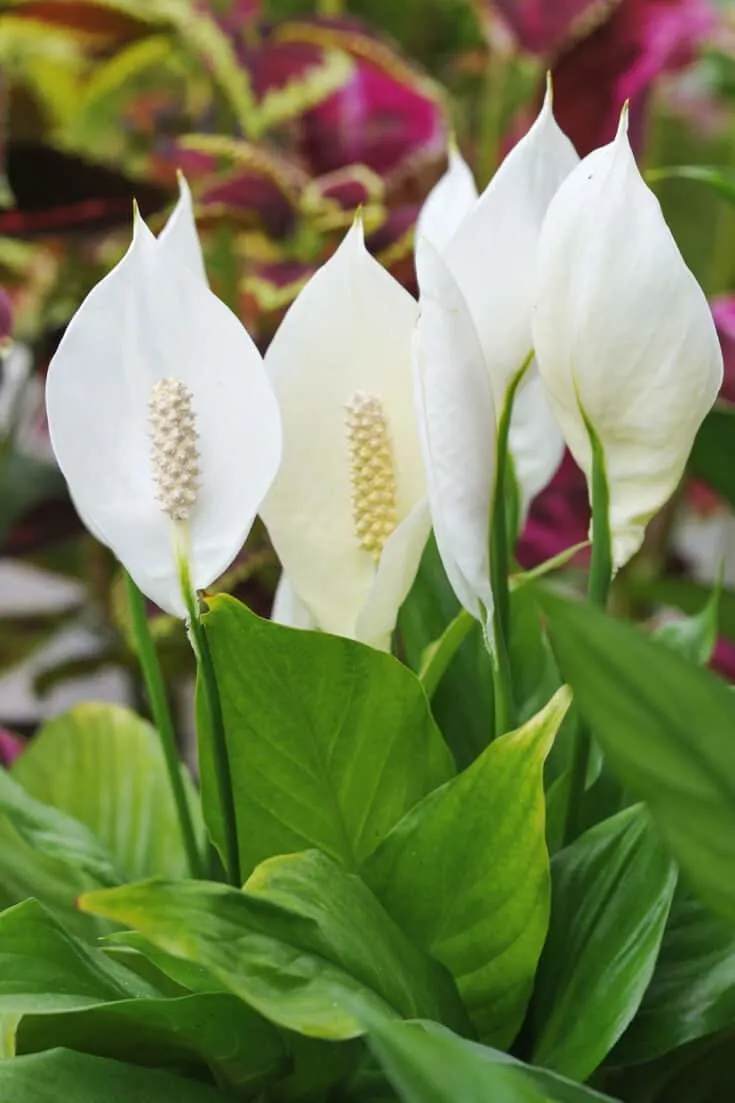
Peace Lily plants grow extremely well in just water
Growing Peace Lily in Water – Step by Step
If you want to grow a Peace Lily in water, it is best to purchase a Peace Lily that is already growing in water.
It will already have a developed root system that is used to grow in the water.
To grow your Peace Lily in water, first, fill your glass container with water.
Make sure that the water is rainwater or distilled water.
Never use tap water as it has high chlorine, fluoride, and hard water mineral present in it. This can be harmful to your plant.
Tap water often produces brown edges and tips on Peace Lilies based on my personal experience.
Then cut a hole in the center of a plastic stopper that will hold your Peace Lily in place at the mouth of the container.
Carefully place your Peace Lily inside the plastic stopper and then place the roots of the plant onto the glass container.
Look around and ensure that every root of the plant has been submerged in water.
Feed your Peace Lily a few drops of liquid fertilizer once every two weeks. Change the water in the container once every two weeks as well.
Never let the roots remain outside of the water as they will dry up and get damaged.
Place your Peace Lily in a bright room where indirect sunlight is present. Never place it under direct sunlight.
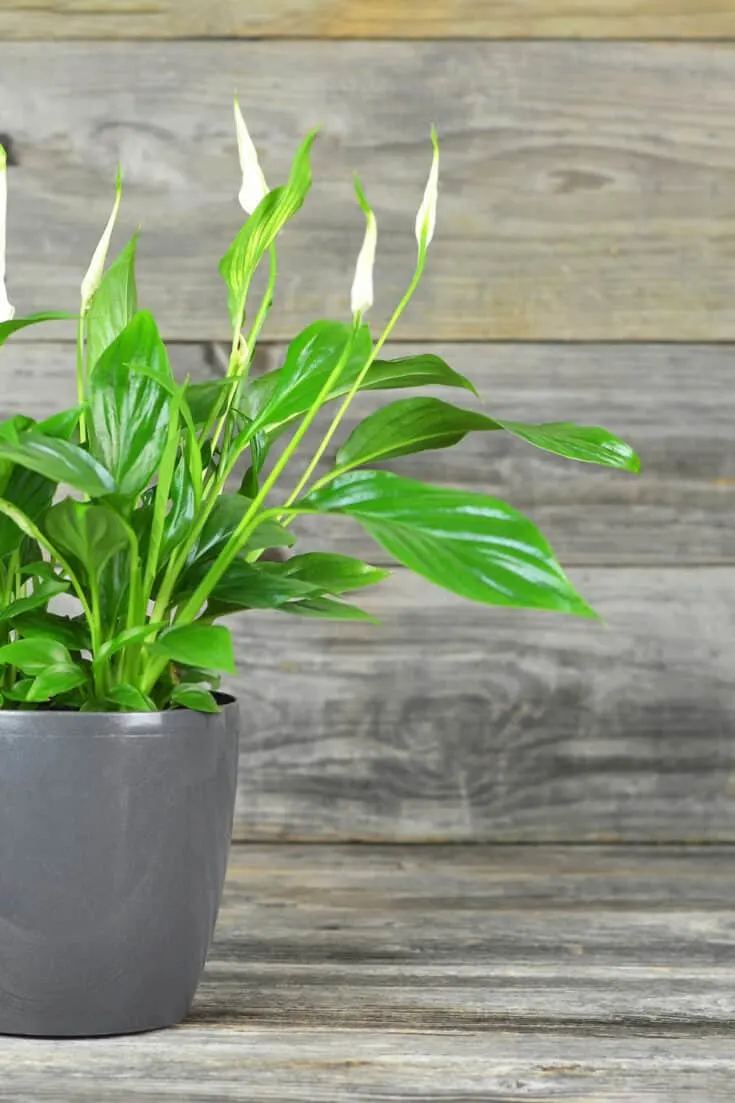
Peace Lilies produce lots of oxygen
Pros and Cons of Growing Peace Lily in Water
Pros of Growing Peace Lily in Water
By growing your Peace Lily in water, the process of repotting is a lot simpler.
This is because you only have to shift the plant into a container that is slightly larger than before and add water to it.
Change the water every time it gets murky.
There is no soil involved; thus, you do not have to worry about creating a mess.
You won’t have to look after your plant’s drainage, and you will not have to worry about watering it either.
The soil can also cause the roots of your Peace Lily to rot more easily since there are chances of you over-watering the plant.
According to Clemson University root and stem diseases cause by overwatering are the most common problems for Peace Lily plants.
Not having soil also attracts fewer pests to your plant, and this will protect your plant from issues such as yellow and brown leaves.
Oftentimes people also end up underwatering the plant. This is a huge thing with Peace Lilies in my personal experience.
Peace Lilies need lots of water very frequently. Most plants that need lots of water are great air purifiers, this aroid is no different.
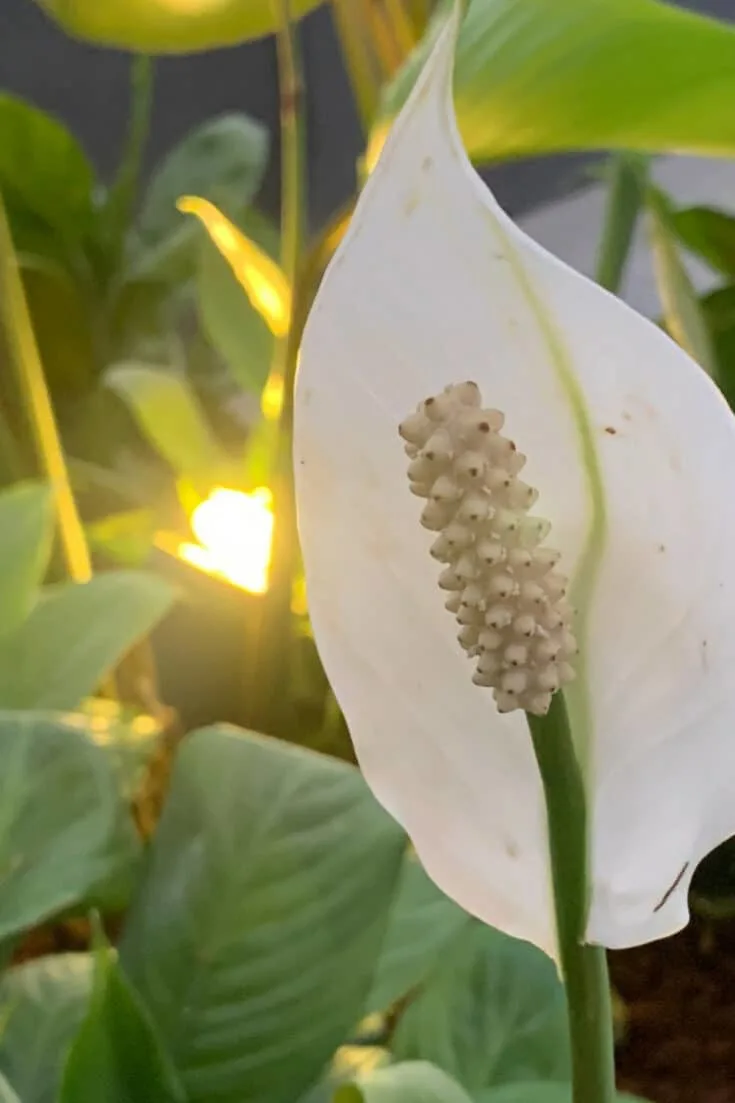
When a Peace Lilly is in 100% water root rot develops rarely
Cons of Growing Peace Lily in Water
The water needs to be changed weekly if possible which can be cumbersome.
Not only is this difficult to do as you risk damaging your plant, but this also wastes a lot of water.
You also risk bacteria, and algae build up around the roots and stems of your plant.
This buildup can cause the roots to rot, and your plant will die.
As the buildup increases, your Peace Lily will not be able to absorb enough nutrients anymore.
The growth rate of Peace Lily is also slower in water. Unlike soil, water does not allow your plant to get enough oxygen and nutrients.
The Peace Lily plant is naturally grown on land; thus, growing it in water is more difficult and you need to make sure to fertilize frequently.
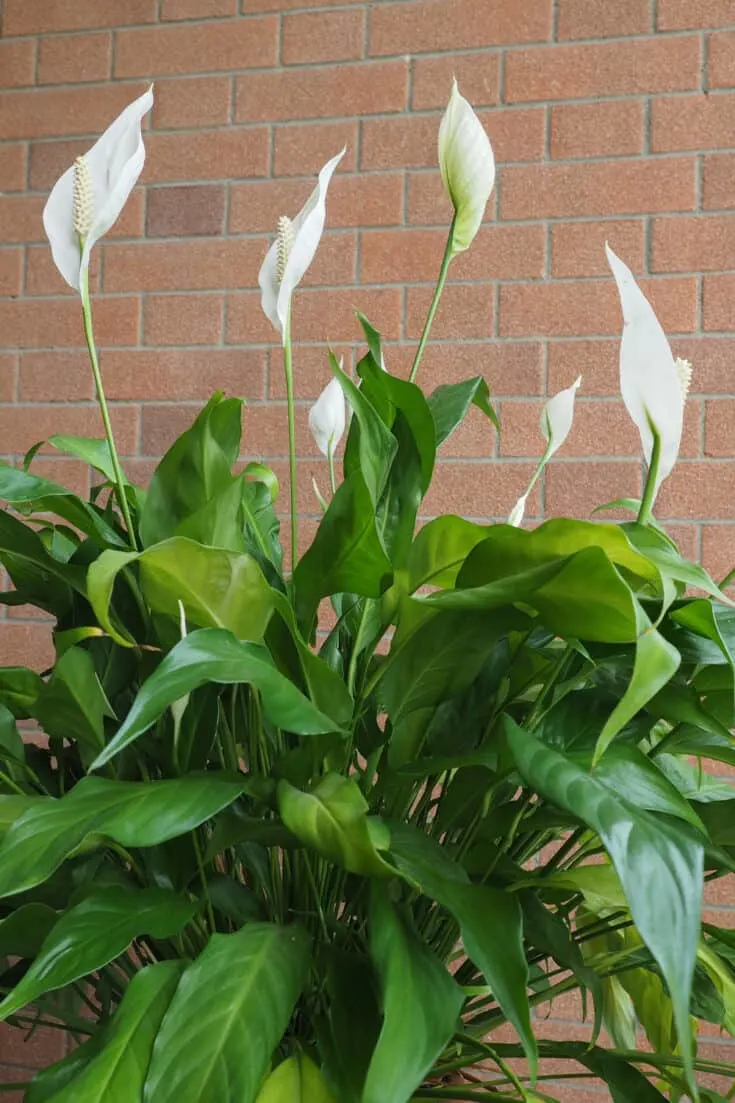
Root rot is a common problem of overwatering
Basic Care for a Peace Lily Rooted in Water
Temperature
Peace Lily come from tropical areas, which is why they need to be kept in temperatures ranging from 65°F to 85 °F (18°C – 30°C). This temperature range is easy to maintain as most homes have this temperature level.
Humidity
Peace Lily prefers to be kept in humidity levels above 80%, but they can survive in humidity levels as low as 60% or even lower.
You can use certain pieces of equipment to help you increase humidity levels surrounding your plant.
But since your plant is being kept in water humidity levels shouldn’t be a big issue as the water itself around the plant will take care of the environment humidity (air humidity).
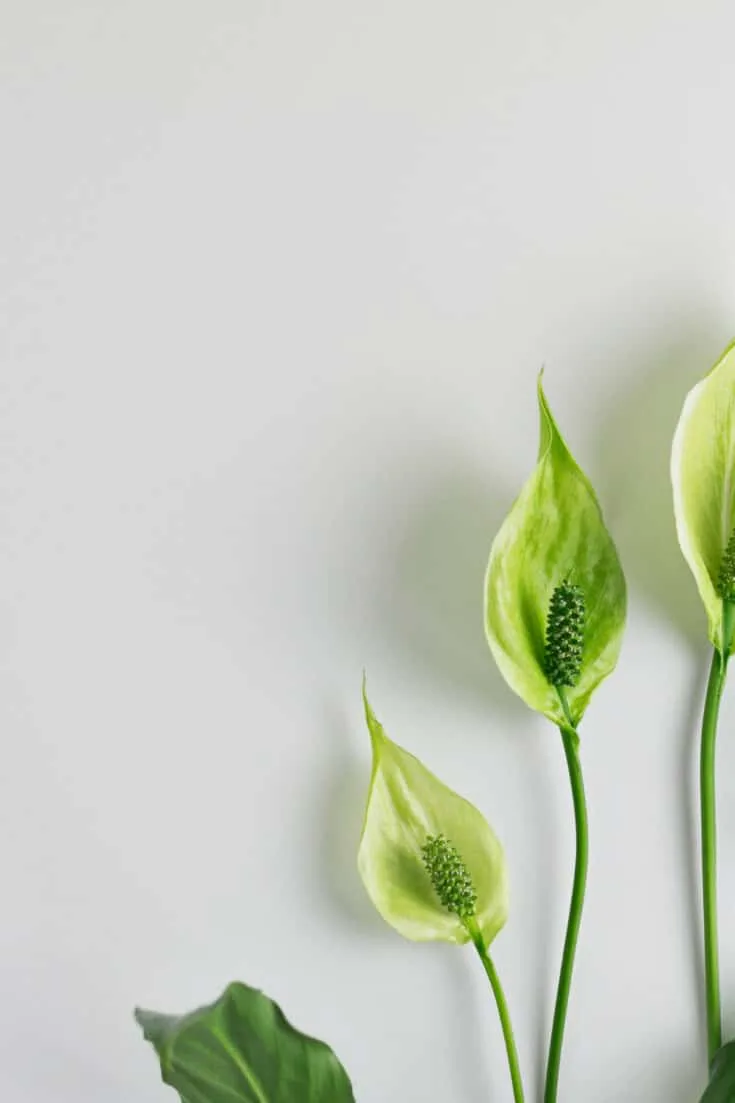
When Peace Lily flowers are not yet fully developed they are green in color
Water
Make sure that the water being used for your Peace Lily is distilled or rainwater. Tap water will contain too much chloride, which can cause the leaves to turn yellow.
Letting tap water sit overnight in a container will allow the chlorine to escape from the water and into the air. This will reduce the chlorine levels in the water.
Then it can be used for your plant. However, every location has different levels of chlorine present in the water.
Change all the water every week or at least every other week. A big benefit of growing a Peace Lily in water is that it has constant access to water.
From my experience Peace Lilies droop very quickly if you miss a watering. This is not the kind of plant that you can forget to water.
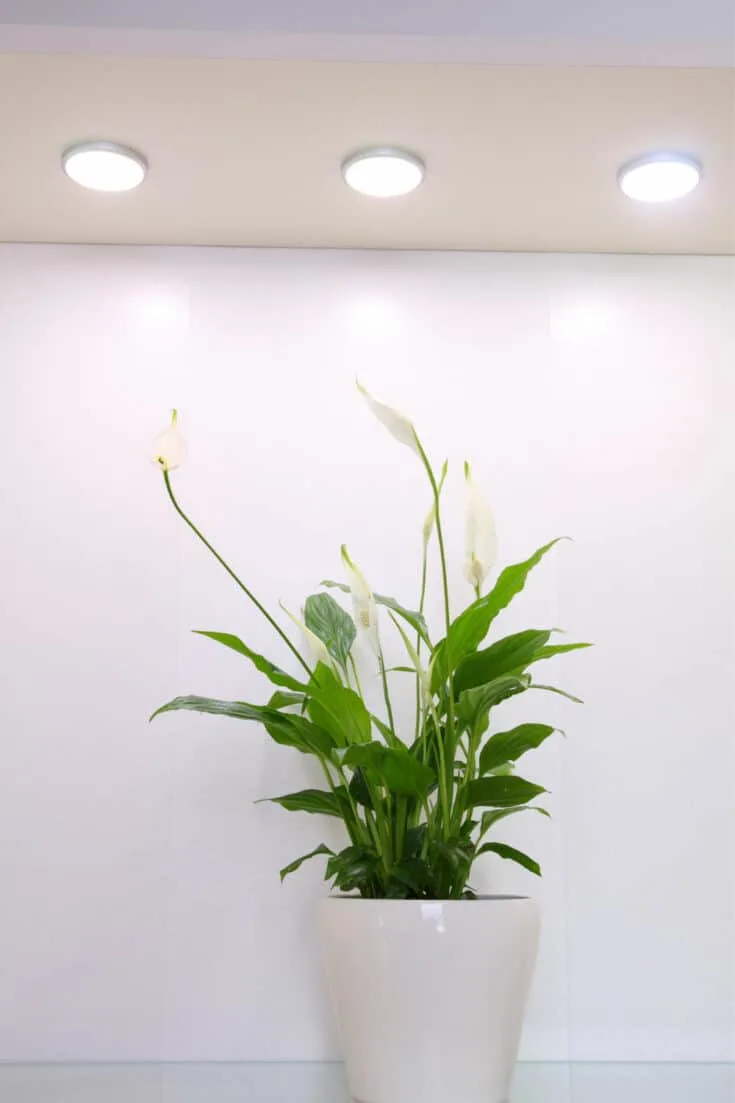
Peace Lilies need to be watered very frequently as they are heavy drinkers
Light
Place your Peace Lily close to a north or west-facing window as it provides the best lighting conditions for your Peace Lily.
Bright, indirect sunlight is what you should be aiming to provide your Peace Lily.
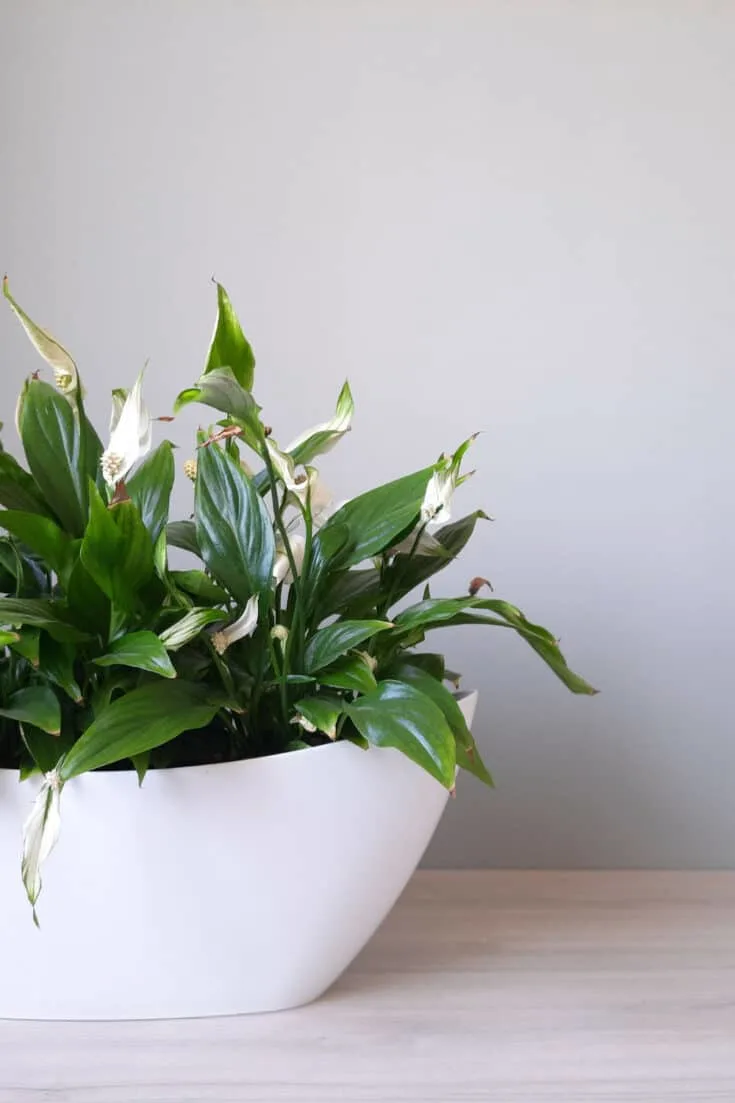
Peace Lilies grow extensive root systems in water and are suited for hydroponic growing
Frequently Asked Questions About Will a Peace Lily Root in Water
How much fertilizer should be added for Peace Lily that is planted in the water?
Put one-quarter of the strength of the suggested amount of fertilizer into the water weekly.
What kind of fertilizer should be used for Peace Lily planted in the water?
A water-soluble fertilizer is the best option for a Peace Lily rooted in water. Use a fertilizer with an NPK ratio of 10-15-10.

Daniel has been a plant enthusiast for over 20 years. He owns hundreds of houseplants and prepares for the chili growing seasons yearly with great anticipation. His favorite plants are plant species in the Araceae family, such as Monstera, Philodendron, and Anthurium. He also loves gardening and is growing hot peppers, tomatoes, and many more vegetables.

